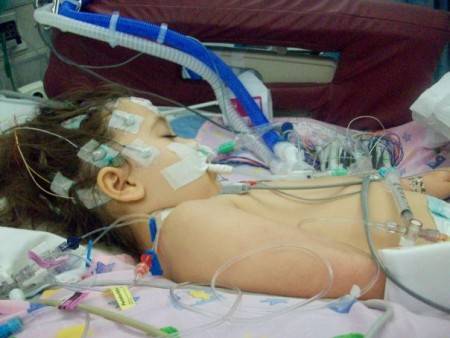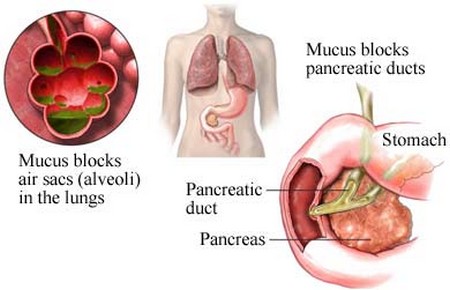The most obvious cause of genetic disorders is irregularities in the genes or chromosomes of the people. Genetic disorders usually appear in the person with two or more abnormal genes. Missing genes, extra genes, inactivated genes and/or overly active genes are the major factors that cause the genetic disorders. These genetic abnormalities often passed on to children from parents through random genetic changes which normally take place during the growth of embryo. Often the amino acid structures responsible for the development of genes copied incorrectly that cause insensitive loss, addition or replacement, this leads to the mutation of the structure. Due to this, proteins dysfunction occur which eventually lead to genetic disorder. Medically, over 6,000 types of genetic disorders are recognized. It is not possible to discuss all of them in this short article, so the most prominent genetic disorders are given below.
Different Types of Genetic Disorders
Alpers’ Disease
Alpers’ disease or aplers’ syndrome is an unusual progressive type of neurological disorder. This disorder is responsible for causing progressive exacerbation of grey matter in the cerebrum which results in spasticity, dementia, muscle jerks, retardation and hypotonia (low muscle tone).
Anophthalmia Syndrome
The abnormal development of eyes and other organs of the body are often associated with anophthalmia syndrome. In this type of genetic disorder, the affected person often has hardly visible eyeballs and only has left over eye tissues. The other symptoms shown by the patient involve abnormal brain, slow growth, learning disability, and delayed motor skills.
Haemophilia
Haemophilia is a genetic disorder that comes under the group of hereditary genetic disorders or bleeding disorders. This type of disorder is often characterized by uncoagulated blood. This is extremely become severe in the situations where a person receives an injury or faces an accident as blood doesn’t clot easily. In haemophilia, a person may bleed for extended time as result of which a lot of blood loss can be experienced. With haemophilia, even a small injury can lead to a large amount of blood loss.
Albinism
It is a type of inherited disorder in which the production of melanin in the hair, skin and iris of the eyes is affected. The melanin is produced either in a very small amount or there is entirely no melanin production. The people with albinism often have light-colored hairs, eyes and skin. The major cause of albinism is the inheritance of recessive alleles. This illness has no cure; however, the symptoms of the disease can be controlled somehow with the proper interference of medical practices, vision aids or different objects and devices that keep the patient with albinism from the harmful rays of the sun.
Cystic Fibrosis Syndrome
It is another hereditary genetic disorder which influences the whole body. It affects the human body slowly and steadily which often leads to permanent disability and even death. Because of weak immune system and thick mucus production, the lungs get infected and the infections of the lungs can only be treated but it cannot be cured. Cystic fibrosis syndrome is a critical disorder that is responsible for the production of thick mucus. This thick mucus in return blocks the passages leading to lungs and eventually causes infections.
Progeria
Progeria is a rare genetic disorder that normally starts from childhood. Progeria is a disorder associated with the rapid aging process. Although, the symptoms of this disease very much appear like a normal human aging process, they usually emerge in the children. The mutation of the gene that encrypts the protein lamina A has been seen in over 90% of children affected from progeria.
Above mentioned are some of the different types of the genetic disorders. However, there are many other rare genetic disorders besides mentioned ones.

